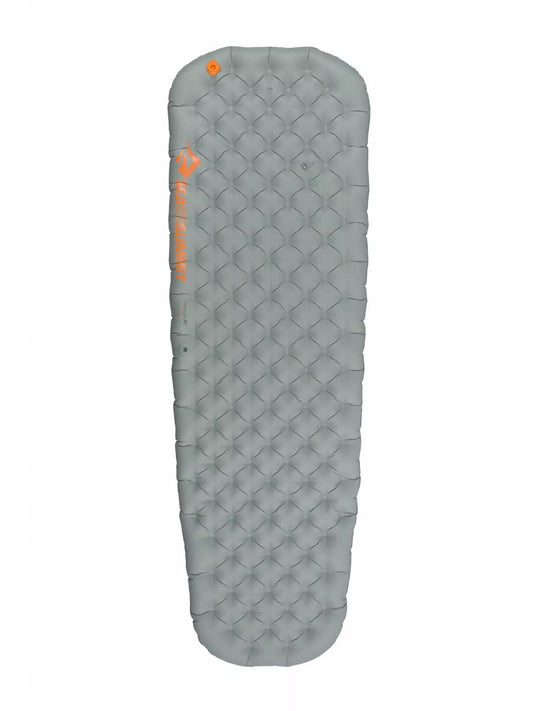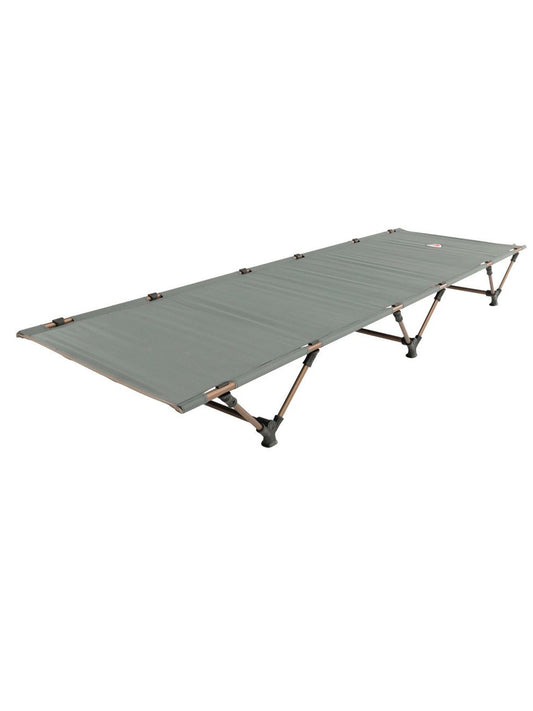Sleeping Mats for Moto Camping: The Ultimate Guide
When you hit the open road on your motorcycle, every gram and cubic centimetre matters. While your sleeping bag keeps you warm, your sleeping mat is your first line of defence against the cold, damp ground. In this guide, we’ll explore everything you need to know about choosing the perfect sleeping mat for your moto camping adventures—from insulation and comfort to packability and durability.
Why a Quality Sleeping Mat Is Essential for Moto Camping
A good sleeping mat is more than just a cushion—it’s the barrier that insulates you from the cold ground. Here’s why a high-quality mat is vital:
- Insulation: Prevents heat loss by providing a thermal barrier between you and the chilly ground.
- Comfort: A well-cushioned mat reduces pressure points, ensuring a more restful sleep after a long day on the bike.
- Packability: Compact, lightweight mats are a must when every gram counts and space in your panniers is limited.
- Durability: With constant movement and occasional bumps, your gear needs to withstand the rigours of the road.
Types of Sleeping Mats for Moto Camping
When it comes to sleeping mats, there are three main types available. Each comes with its own set of benefits and trade-offs:
1. Foam Mats
Overview:
Simple, durable, and often the most budget-friendly option, foam mats are a classic choice for moto camping.
Pros:
- Extremely durable and resistant to punctures.
- Inexpensive and easy to repair.
- Provide a stable base, ideal for uneven ground.
Cons:
- Generally thicker and bulkier.
- Offer less cushioning and insulation compared to other options.
- May not compress as tightly for storage.
Ideal For:
Occasional camping or for riders who prioritise durability over plush comfort.
2. Self-Inflating Mats
Overview:
These mats combine open-cell foam with air chambers. They inflate on their own when unrolled, offering a balance between comfort and ease of use.
Pros:
- Faster setup with minimal manual effort.
- Provide good insulation thanks to the foam core.
- Generally more comfortable and stable than foam mats.
Cons:
- Heavier and slightly bulkier than inflatable air mats.
- May be more expensive than basic foam mats.
- Can lose some insulation over time if the foam degrades.
Ideal For:
Regular riders who want a hassle-free setup and a reliable, comfortable mat for various climates.
3. Inflatable Air Mats
Overview:
Lightweight and highly compressible, air mats are popular among long-distance and minimalist campers. They offer adjustable firmness by letting you control the air pressure.
Pros:
- Exceptionally lightweight and compact when packed.
- High comfort level with customizable firmness.
- Excellent insulation if paired with a high R-value design.
Cons:
- More delicate; can be punctured if not handled with care.
- Often require manual or battery-powered inflation.
- Generally higher in cost compared to foam mats.
Ideal For:
Long trips where weight and packability are critical, and where you’re willing to invest in extra care for your gear.
Key Considerations When Choosing a Sleeping Mat
Insulation (R-Value)
-
R-Value Explained:
The R-value indicates the mat’s resistance to heat flow. Higher values mean better insulation. For moto camping, choose a mat with an R-value of at least 3–4 for moderate conditions, and 5 or above for colder climates.
Weight and Packability
-
Weight:
Look for mats that are between 0.5 and 1.5 kilograms (kg) to keep your load light. -
Packability:
Ensure the mat compresses into a compact size (around 30–40 centimeters in length) so it easily fits in your panniers or storage bags.
Comfort and Thickness
-
Thickness:
Mats range from 3 to 10 centimeters thick. Thicker mats provide more cushioning but may take up more space. -
Surface Texture:
A textured or contoured surface can offer extra grip and prevent slipping during sleep.
Durability and Weather Resistance
-
Material:
Look for mats made of robust, tear-resistant materials with water-resistant coatings to protect against moisture. -
Reinforced Seams:
Ensure the seams are durable to withstand frequent folding and road vibrations.
Tips for Maintaining Your Sleeping Mat
-
Dry Thoroughly:
Always air-dry your mat completely after use to prevent mildew and preserve insulation. -
Store Loosely:
Instead of keeping your mat in a tightly compressed bag long-term, store it loosely in a large storage sack to maintain its loft. -
Clean Regularly:
Wipe down the surface with a damp cloth and mild detergent if necessary, then allow it to dry completely before packing it away. -
Handle with Care:
Use a mat bag for extra protection during travel, and avoid dragging it across rough surfaces.
Conclusion
Your sleeping mat is a crucial component of your motorcycle camping setup—it not only adds comfort but also significantly improves your insulation against cold, damp ground. Whether you opt for the rugged simplicity of a foam mat, the balanced convenience of a self-inflating model, or the ultra-lightweight design of an inflatable air mat, consider factors such as insulation (R-value), weight, packability, and durability to find the best match for your riding style. With the right mat, every ride will end with a warm, comfortable night’s sleep, setting you up perfectly for the next day’s adventure.
Ready to upgrade your sleeping system? Choose a mat that suits your needs and enjoy the freedom of moto camping with comfort and confidence!
-
Sea To Summit Ether Light XT Insulated Sleeping Mat
Vendor:Sea To SummitVendor:Weight: 544 gRegular price From £175.00Regular priceUnit price per -
Robens Outpost Low Folding Bed
Vendor:RobensVendor:Weight: 2460 gRegular price £100.00Regular priceUnit price per -
Sea To Summit Air Stream Pump Sack
Vendor:Sea To SummitVendor:Weight: 52 gRegular price £30.00Regular priceUnit price per




